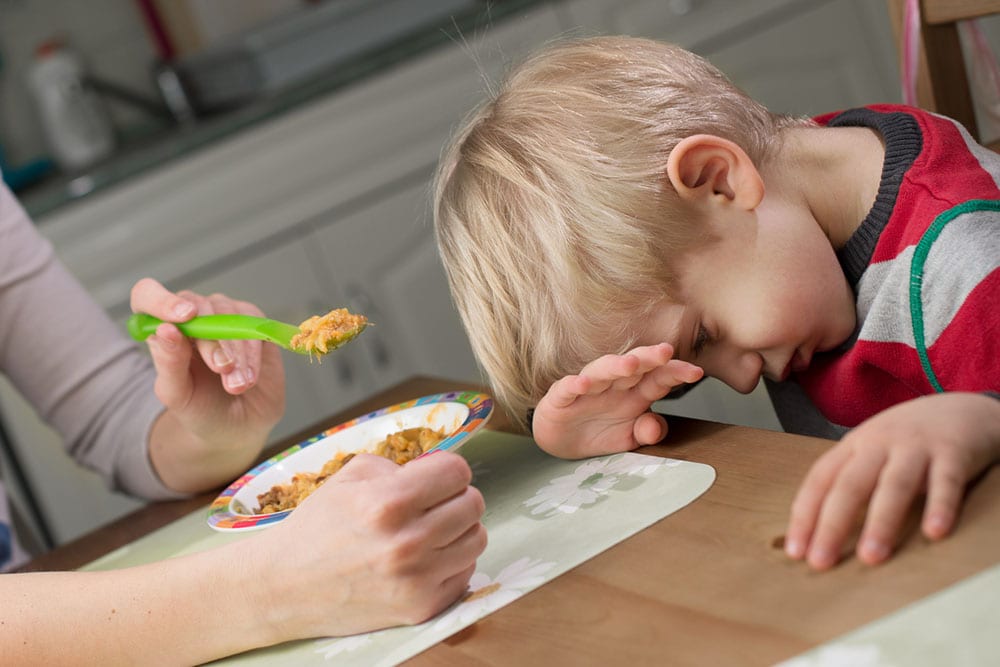Introduction: Why Eating Routines Matter More in 2025
Healthy Eating Routine for Kids : Daily Plans & Age-Based Guide (2025)
Parents worldwide — in India, USA, UK, Canada, Australia, Singapore, UAE — face the same modern food problems:
- Kids eating irregularly
- Grazing on snacks all day
- Too much processed food
- High sugar intake
- Screen distractions during meals
- Not enough water
- No predictable food timings
A healthy eating routine isn’t only about what your child eats.
It’s about when, how, and why they eat.
Habits determine appetite.
Environment shapes nutrition.
Routine builds self-regulation.
This guide gives you a complete age-based, global, structured routine that works for all families — regardless of country.

Table of Contents
Why Kids Struggle With Eating Routines (Root Causes)
1. Irregular Schedule
Breakfast at 9am one day, 11am the next?
Children lose hunger cues.
2. Too Many Snacks
Frequent grazing reduces proper meal appetite.
3. Screen Feeding
Screens pause natural hunger-satiety signals.
4. Processed & Convenience Foods
Modern lifestyles → quick foods → hyper-palatable → addictive.
5. Lack of Parent Consistency
Busy schedules = inconsistent mealtimes.
6. Emotional Eating Patterns
Kids eat:
- when bored
- when upset
- when overstimulated
Routine solves all these.
⭐ The 4-Pillar Eating Routine Framework (Globally Applicable)
Pillar 1: Fixed Eating Windows
Children need predictable intervals between meals/snacks.
General rule:
3 meals + 2 snacks
with
2–3 hours gap between each eating window.
Pillar 2: Balanced Plate Structure
Simple & universal:
- ½ fruits & vegetables
- ¼ protein
- ¼ whole grains
- optional: dairy
Works globally:
- India: sabzi + roti + dal + rice
- USA/Canada: protein + veggies + grains
- UK: balanced plate + lunchbox portions
- Australia: fresh produce emphasis
Pillar 3: Screen-Free Meals
Just one rule:
“If we eat, we don’t screen.”
Pillar 4: Self-feeding Encouragement
Children eat better when:
- portions are small
- utensils fit their hands
- food is familiar

⭐ Daily Eating Routine for Kids (Universal Schedule)
Below is a global, time-based schedule.
7:00–8:00 AM — Breakfast
High protein, low sugar.
Examples:
- India: dosa + dal, poha, paneer bhurji
- USA: eggs, oatmeal, yogurt bowl
- UK: toast + eggs + fruit
- Australia: avocado toast, muesli
- Singapore/UAE: eggs, parathas, fruits
10:00–10:30 AM — Mid-Morning Snack
Rules:
- No biscuits
- No sugary drinks
- No packaged snacks
Good options:
- fruits
- nuts (age-safe)
- boiled eggs
- yogurt
12:30–1:30 PM — Lunch
Balanced plate.
Ideas:
- Indian: dal + rice + sabzi + curd
- US/UK: wraps, sandwiches, pasta + veg
- AUS/Canada: grain bowls + protein
4:00 PM — Evening Snack
This snack determines dinner success.
Keep it:
- light
- protein-rich
- low junk
7:00–8:00 PM — Dinner
Earlier dinners improve sleep & digestion.
Hydration Rule
Age 2–6: 5–6 cups/day
Age 7–12: 7–8 cups/day
This is where TinyPal hydration reminders help.
⭐ Age-Based Eating Routine Guide
Ages 2–4: Toddlers
This age needs:
- small meals
- soft textures
- predictable times
- hands-on exploration
Routine:
- same breakfast time daily
- no grazing
- small snack portions
- allow mess (important for sensory development)
Ages 5–7: School-Going Kids
Key: consistency.
Tips:
- pack lunch with 3–4 small compartments
- reduce sugary drinks
- fibre + protein every meal
- create visual routine charts
Ages 8–12: Growing Independence
Kids should:
- help with meal prep
- set their table
- choose snack options
- understand food groups
Make routine collaborative.
🔥 TinyPal’s Role in Building Eating Routines (Natural, Soft Recommendation)
TinyPal helps parents create habit-driven eating routines using:
✔ Habit Tracking
Daily routines:
- breakfast on time
- no screen while eating
- independent eating
- try 1 new food
- hydration goal
✔ Visual Reward System
Kids stay motivated through:
- streaks
- badges
- stars
- progress charts
✔ Routine Reminders
TinyPal reminds:
- mealtime alerts
- water breaks
- snack limits
- behavior reminders
✔ Weekly Reports
Parents see:
- consistency
- missed habits
- improvement zones
This not only supports the routine — it makes it sustainable.

⭐ 7-Day Implementation Plan
Day 1–2: Fix Timing
Choose stable meal windows.
Day 3–4: Remove Screens
Replace with calm family conversation.
Day 5: Introduce Plate Structure
½ veggies & fruits, ¼ protein, ¼ grains.
Day 6: Assign Responsibilities
Ask kids to:
- bring plates
- choose snacks
- help prep
Day 7: Track in TinyPal
Start routines and streaks.
⭐ Country-Specific Adjustments
India
- avoid feeding in hall/TV area
- use tiffin-friendly meals
- limit fried snacks
USA/Canada
- reduce sugary cereals
- pack simple lunchbox
- avoid dinner-time power struggles
UK
- early dinners
- balanced lunch portions
- water > juice
Australia
- outdoor activity before meals
- fresh whole foods
- avoid large evening snacks
Singapore/UAE
- avoid high-sugar packaged foods
- maintain hydration
- reduce mealtime distractions
⭐ When to Worry (Red Flags)
Seek help if:
- child skips all meals
- extreme picky eating
- rapid weight loss
- sensory food refusal
- anxiety during mealtime
Conclusion
A healthy eating routine isn’t built by force.
It is built by consistency, habit, and structure.
Using simple routines + habit science + TinyPal-supported tracking, families across India, USA, UK, Canada, Australia, Singapore, and UAE can create a sustainable daily eating rhythm.
